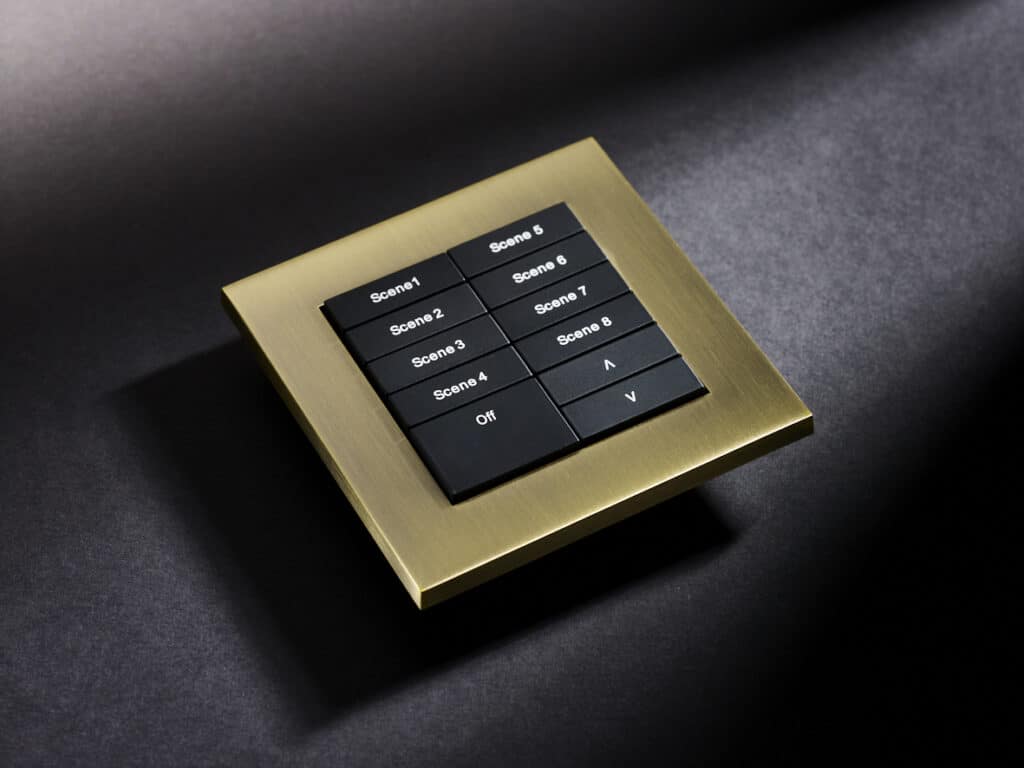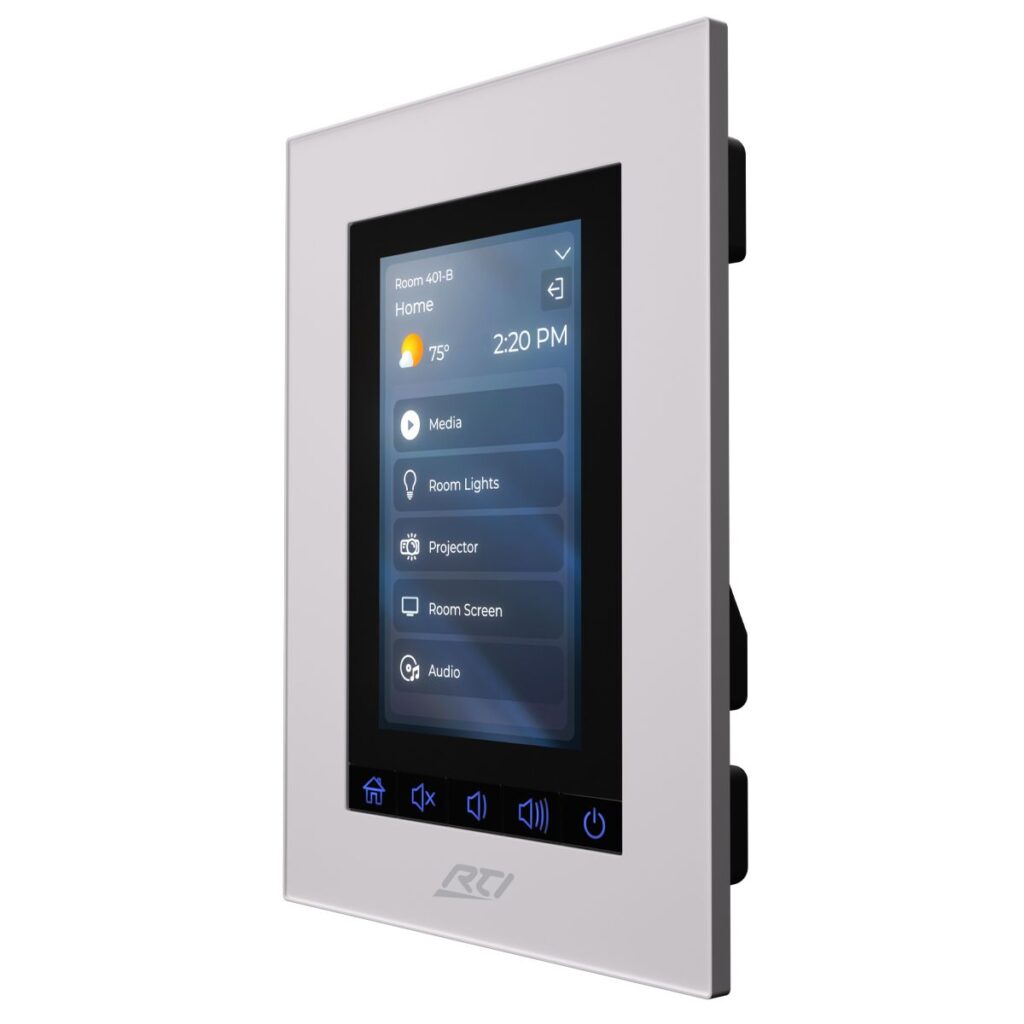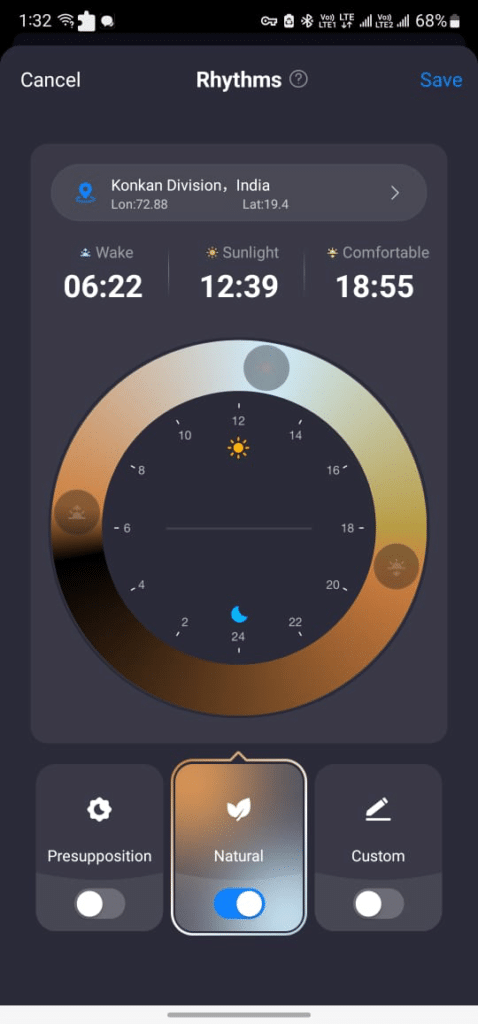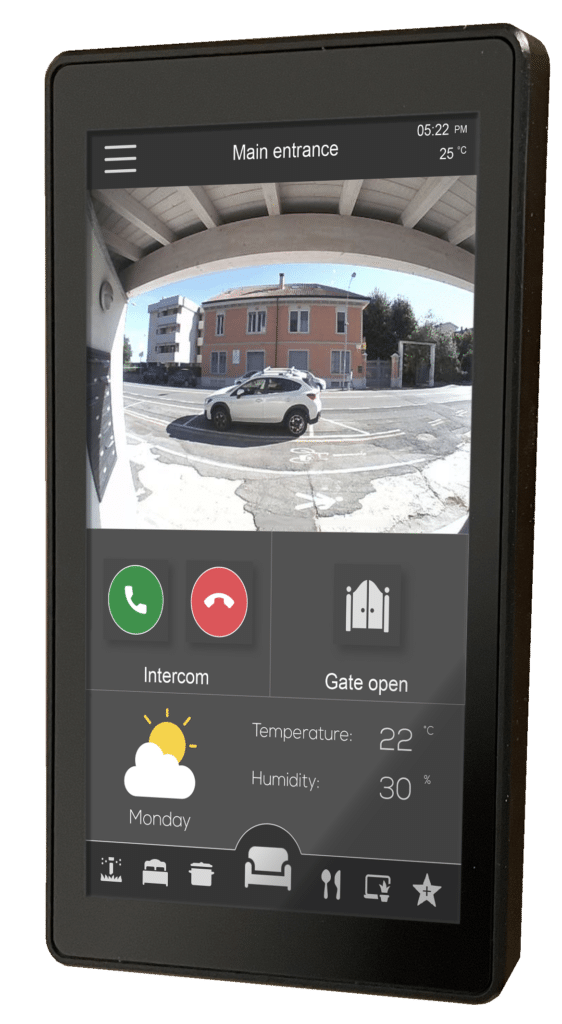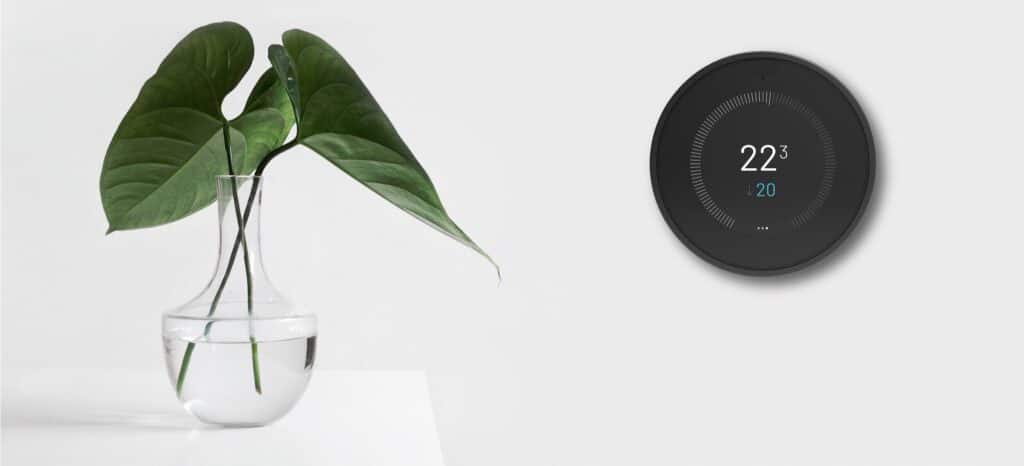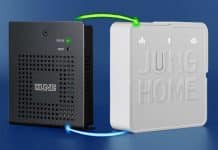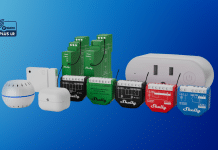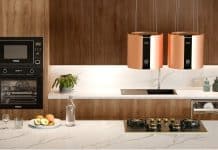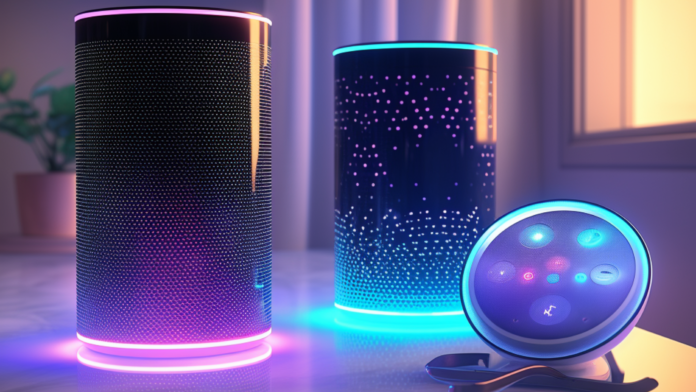
Smart Home World presents a roundup of Smart Home Technologies that are here to grow; the challenges and advantages, which were discussed at the recently concluded Smart Home Expo 2023.
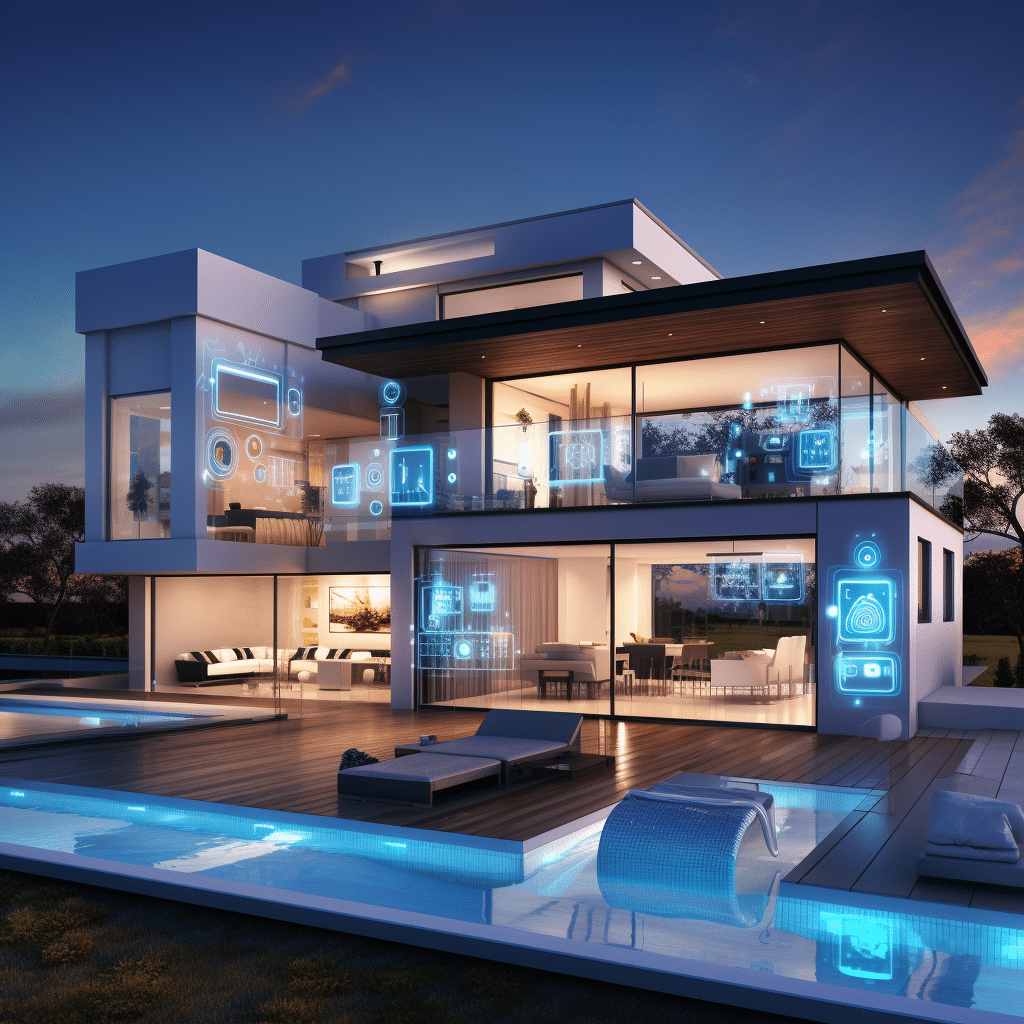
While Digital India grows stronger, so does the Smart Home Technology market grow stronger! The Digital India initiative’s focus on digital infrastructure, IoT adoption, increased internet penetration, accessibility, data-driven insights, and innovation provides significant advantages to the Smart Home Technology Market. It creates a favourable environment for growth, enhances consumer adoption, and promotes technological advancements in this sector.
Adding his insight on this positive initiative by Govt of India, Shri Devusinh Chauhan, Minister of State for Communications, Government of India said, “The Digital India initiative aims to bridge the digital divide by making technology more accessible to the masses. This includes promoting affordable smartphones, digital literacy programs, and e-governance initiatives. As more people become digitally literate and gain access to smartphones or other devices, the adoption of Smart Home Automation technologies becomes more feasible and widespread.” He further said, “The Digital India initiative fosters an environment conducive to innovation and start-ups. It encourages entrepreneurship and supports the growth of technology-driven companies. This ecosystem is created to promote the development of new Smart home Technology solutions, encourages competition, and in turn has resulted in continuous improvement and expansion of this segment.”
Positive Outlook
Smart Home Technology has witnessed significant advancements in recent years, and India is no exception to this trend. With rapid urbanization and increasing disposable incomes, more Indian households are adopting smart home automation to enhance convenience, comfort, and energy efficiency. According to Research and Markets, “Indian Home Automation Market will reach US$ 25.64 Billion in 2030 compared to US$ 4.83 Billion in 2022 according to the publisher. It is foreseen that more and more homes will adopt Smart Home Automation that will allow remote control and management of lighting, HVAC, security, entertainment, and appliances. These solutions will be in demand because of the convenience, energy efficiency, safety, and comfort they offer. While standard technologies like smart thermostats, lighting systems, locks, security cameras, and voice assistants and also growing in popularity.”
Smart Home Automation: Driven by a mix of Technologies and Evolving Demands
Smart Home automation is driven by a mix of technologies and evolving demands from consumers. With growing advancement in connectivity, there is an ever-evolving demand for wireless technologies such as Wi-Fi, Bluetooth, Zigbee, and Z-Wave that has significantly contributed to the growth of smart home automation. These technologies enable seamless communication and connectivity between various devices and systems within a smart home ecosystem.
The rise of voice-controlled virtual assistants like Amazon Alexa, Google Assistant, and Apple Siri has transformed the way people interact with their smart homes. Voice commands have become a popular and intuitive method for controlling various devices and systems, driving the demand for voice-enabled home automation products. As homeowners are now looking for foolproof security and safety features brands are upgrading their existing product range of Smart security systems, video surveillance, door locks, and fire detection systems would provide homeowners with the desired security solutions. This segment is also seeing an upward surge.
KNX Still Remains the Most Popular Choice…
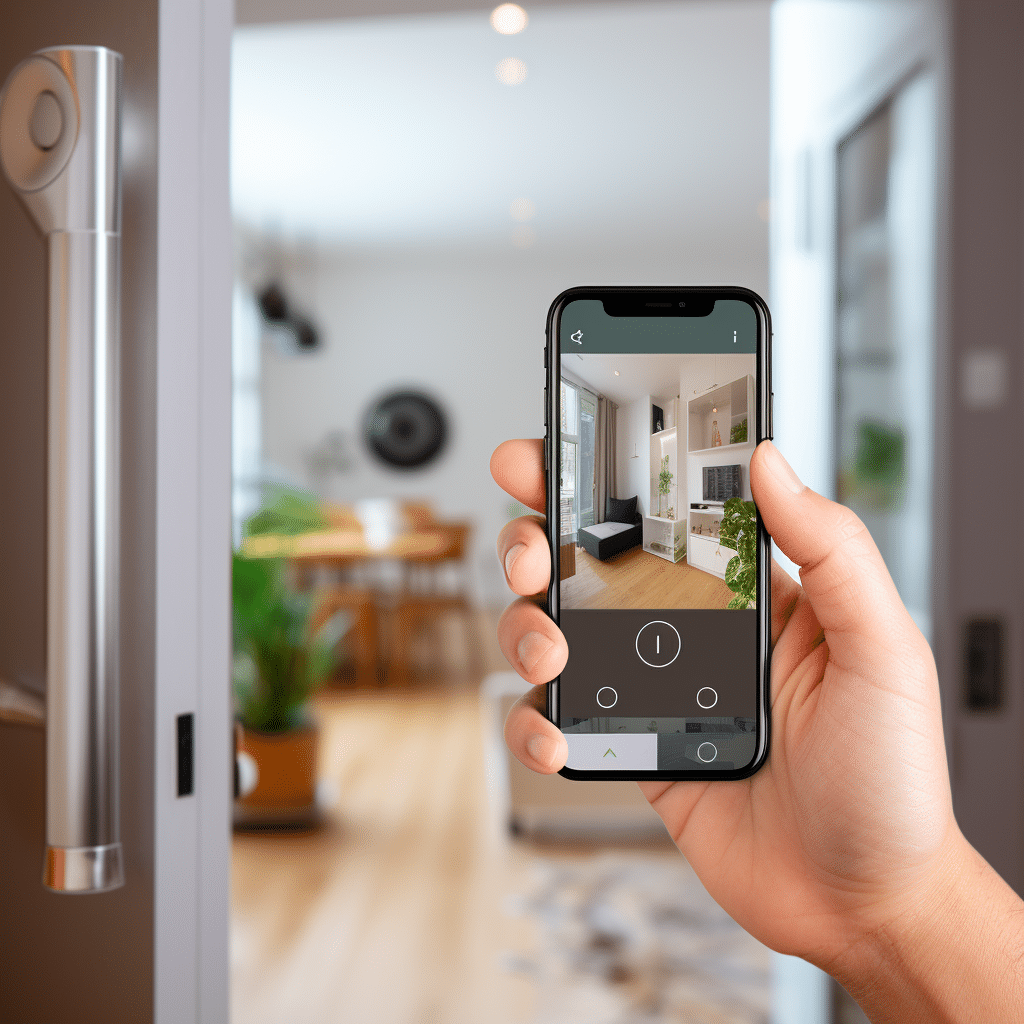
There are several reasons why KNX has maintained its popularity among System Integrators and Professionals as it is considered a robust and reliable system. KNX ensures compatibility and interoperability among different manufacturers’ devices. This gives integrators and automation companies the upper hand in opting for a wide range of KNX-certified products and easily integrating them into a unified system. Being there in the industry for many number years, it offers flexibility and scalability, allowing integrators to design and customise home automation systems according to the specific needs and requirements of each project. It also offers the advantage of supporting a variety of communication mediums, such as twisted pair, powerline, and wireless, providing options for different installation scenarios. It also provides features and functionalities for home automation, including lighting control, HVAC control, blind and shutter control, energy management, security and more. This broad feature set helps integrators create sophisticated and integrated automation systems tailored to their client’s needs.
Expert’s Verdict
“Automation has evolved beyond controlling lighting. Today, users are demanding for remote monitoring and security options. Another important reason they opt for Smart Home Automation is energy conservation.” says Soumi Srivastava, Product Manager, Legrand.
“With aspirational lifestyle and growing demand for home automation, brands and manufacturers are setting a new standard in building a robust system. Plus, today the installers have graduated to a new level of expertise. Good products installed in the right way are not just robust systems but can be upgraded without many hassles in the future.” Rahul Mehta, Business Head HOHM,
“Comfort and Convince and Energy saving are the basic features of home Automation. We will see a major growth in the residential segment, the Indian market size is 5 million dollars. There are certain indicators that show 200 million homes are smart and by 2026 this is going to double. There is another big opportunity, where 39 percent of smart homeowners will be between the age group of 25 to 34. There is an evolving market for solutions for special needs and senior people who need assisted living with integrated automation that can help them in their day-to-day activities.” says Vivek Yadav, Senior Vice President, Havells India
“Automation is Trendy! It provides comfort and security. I see a big demand for Smart Entertainment. Previously, we used to explain to our clients about the advantages of Home Automation. Today clients want everything upgraded and at their fingertips.” Archana Van Gils, Founder and Principal Architect, AVG Architecture En Interiors
“The importance of Smart Home Automation came to the forefront during Covid. Working from home and multitasking lifestyle. Earlier we didn’t find it that important to recommend Smart Home Automation but today it is the need of the hour.” Lipika Sud, Lipika Sud Interiors Pvt. Ltd.
Brands vs Startups
Established Reputed Home automation brands have typically been in the market for a longer time and have built a reputation for reliability and quality. They often have a track record of delivering consistent products and services. Plus, they offer a comprehensive range of Smart Home Automation products and customer support because they generally have partnerships and integrations with a wide range of third-party products and services. This allows for better interoperability between different smart devices and platforms, providing users with more flexibility and reliable options.
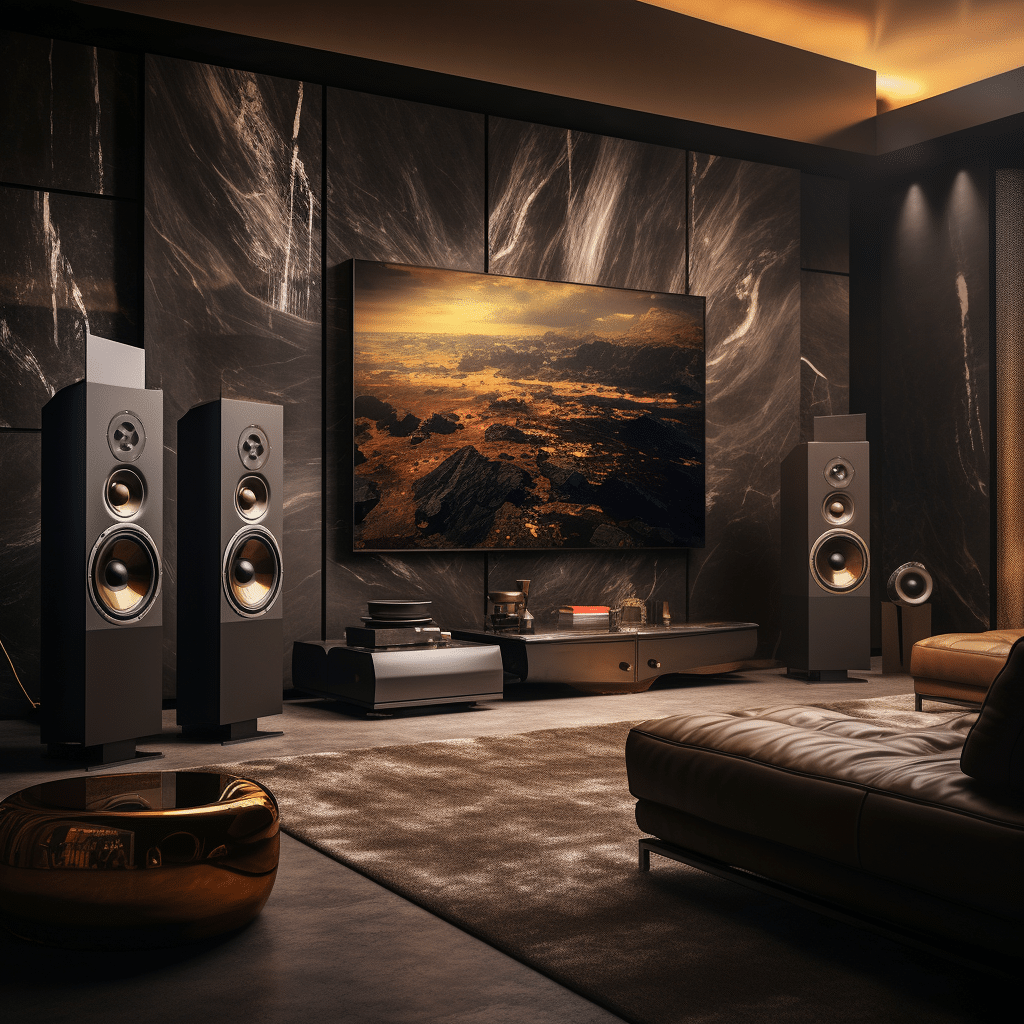
On the other hand, well-known home automation brands tend to come with a higher price tag compared to startup offerings. The premium price may be due to their established reputation, extensive features, and wider product range.
Startups
Startups often bring fresh ideas and innovative technologies to the Smart Home Technology market. They are agile and quick to adapt to emerging trends, allowing them to introduce new features and products faster than established brands. Startups often offer competitive pricing to gain market traction and attract customers. They may provide cost-effective options for users who are on a tighter budget. On the other hand, they do not have a wide range of products compared to established brands. Users may need to mix and match products from different sources to build a complete smart home ecosystem.
The startup ecosystem can be volatile, and there is a higher risk of failure or discontinuation of products or services. Users may face challenges in terms of warranty support, software updates, or long-term compatibility. Plus, Startups may have limited resources to provide extensive customer support. Users may have to rely on community forums or online documentation for assistance, which may not always be as comprehensive or readily available as with established brands.
Ultimately, the choice between a home automation brand and a startup depends on individual preferences, budget, specific needs, and the level of risk one is willing to take. Established brands offer reliability and a wide product range, while startups bring innovation and competitive pricing to the table.
Which segment will see Growth?
Several segments within the home automation industry in India are expected to experience significant growth in the coming years…
The Smart Lighting Segment is anticipated to witness substantial growth. With energy-efficient LED bulbs, wireless connectivity, and intelligent control systems, smart lighting offers convenience, energy savings, and customisation options for users.
Home Security and Surveillance are also on the rise. Most homeowners are opting for smart locks, video doorbells, indoor/outdoor cameras, and motion sensors to provide enhanced security features and remote monitoring capabilities are driving growth in this segment.
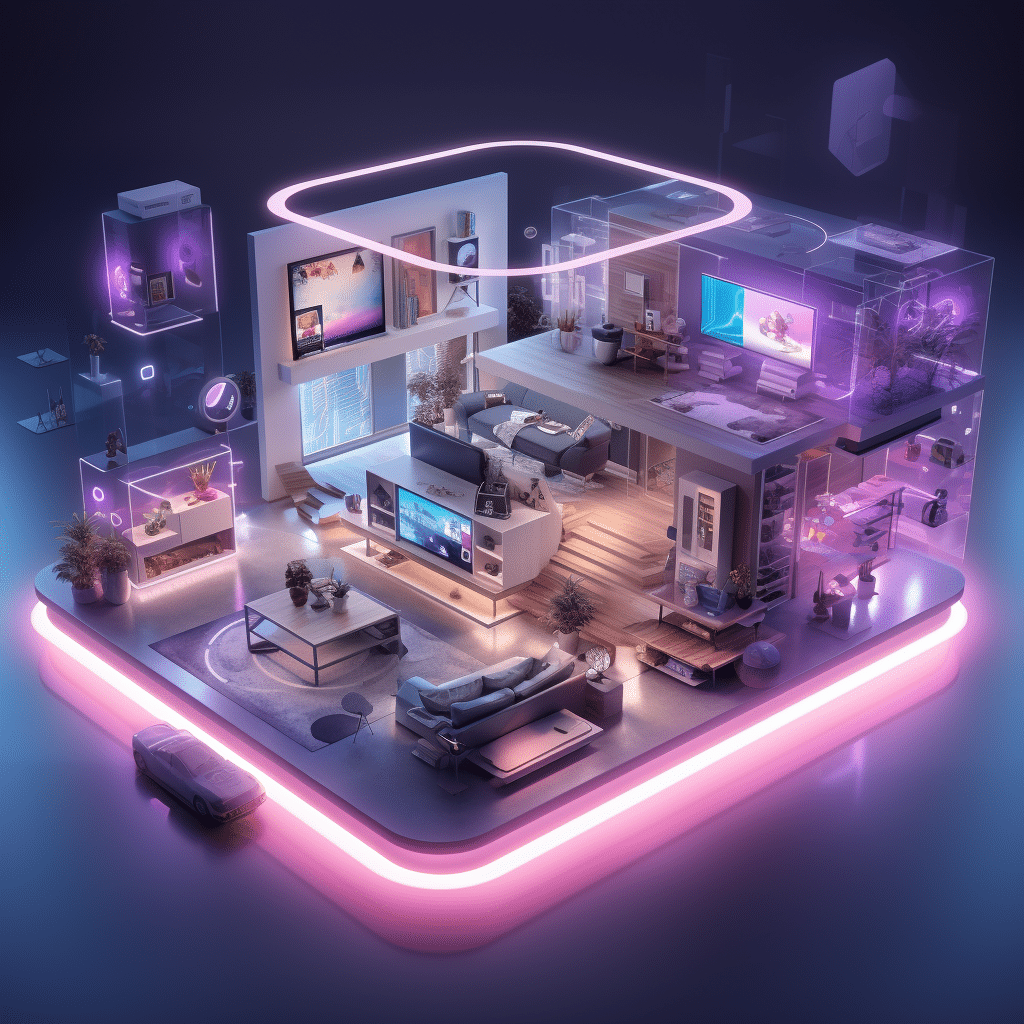
Energy Management and Smart Thermostats are in demand because energy conservation has become the need of the hour and the adoption of smart thermostats and energy management systems is expected to increase. These technologies allow users to regulate temperature, control appliances remotely, and optimise energy consumption, leading to energy savings.
Voice Control and Virtual Assistants Voice control and virtual assistants have gained significant popularity. With the widespread use of devices like Amazon Echo and Google Home, voice-activated control of various home automation systems, including lighting, thermostats, and entertainment systems, is becoming more common. Youngsters between the age group of 25 to 35 allot a specific budget to upgrade their personal space with the latest Smart Technology. There is a big market for this segment.
Home Appliances and Entertainment Systems is another segment poised for growth. Smart refrigerators, washing machines, televisions, and audio systems offer increased convenience, energy efficiency, and connectivity options. With good content available, homeowners want to upgrade their existing entertainment systems.
Home Health and Wellness: The COVID-19 pandemic has accelerated the demand for health and wellness-related home automation solutions. From air quality monitoring systems to smart health devices and ambient wellness technologies, this segment is expected to witness growth as people prioritise their well-being.
Home Automation Integration Platforms: Integration platforms that enable seamless communication and interoperability between different Smart devices and systems are gaining importance. These platforms provide a unified interface for controlling and managing various smart devices, offering convenience and ease of use.
Is Lighting Automation and Controls Helping Architects and Interior Designers?
Yes, Lighting Automation and Controls are indeed helping interior designers in India. With advancements in technology, lighting automation has become increasingly popular and offers numerous benefits for interior design projects.
Lighting Automation allows interior designers to have greater control over the lighting design, enabling them to experiment with different lighting effects, colours and intensities. This flexibility helps create various moods, highlight specific architectural features and artwork and accentuate the overall ambiance of the space. Incorporating energy-efficient LED lights and sensors, which can be programmed to adjust the lighting levels based on occupancy or daylight availability are a boon. By optimizing energy consumption, interior designers can design eco-friendly spaces and reduce electricity costs for their clients.
Automation systems enable interior designers to create and save customized lighting scenes for different activities or occasions. They can design specific scenes for relaxing, dining, working, or entertaining, allowing users to effortlessly change the ambiance of a room with a simple command or touch of a button.

Lighting automation can be integrated with other smart home technologies, such as voice control systems or mobile apps, offering seamless control and convenience for users. Interior designers can incorporate these features into their designs, providing clients with the ability to control and personalize their lighting from anywhere within the home.
Another important advantage is that it enhances the overall user experience by simplifying the control of lighting systems. Interior designers can strategically position lighting controls to ensure easy accessibility and intuitive operation, resulting in a more user-friendly and enjoyable environment for occupants. “Lighting Controls help in enhancing the design and functionality of Public Spaces. It adds value to the projects by offering flexibility, energy efficiency, customization, improved user experience and simplified maintenance.” says Sai Tallapragada Tungsten Studio Lighting Design.
“Sonali Bhagwati, President, Design Plus Architecture sharing her views says, “Yes when technology intersects with design to produce the magical effect it is a boon. Technology with purpose can enhance or accentuate the overall design.” Lighting automation systems with features like automated scheduling, remote monitoring, and diagnostics, help in identifying and addressing any issues promptly. This ensures that the lighting system remains functional and reduces the need for frequent maintenance, providing long-term reliability and cost savings.
Multiroom Audio-Video
Multiroom Audio has experienced significant advancements in recent years, offering users a seamless and immersive audio experience throughout their homes. One of the major advancements in Multiroom Audio is the widespread adoption of wireless connectivity technologies such as Wi-Fi and Bluetooth. This eliminates the need for extensive wiring and allows users to stream audio wirelessly from various sources, including smartphones, tablets, and streaming services. Multiroom audio systems often include voice control integration with popular virtual assistants like Amazon Alexa, Google Assistant, or Apple Siri. Users can simply use voice commands to play, pause, skip tracks, adjust volume, and control their audio systems across multiple rooms.
With the growing popularity of high-resolution audio formats such as FLAC and MQA, multiroom audio systems have evolved to support these formats. This allows audiophiles to enjoy studio-quality sound reproduction with greater detail, depth, and fidelity in multiple rooms simultaneously. Seamless App Integration is another big advantage providing users with intuitive control over their audio setups. These apps offer features like grouping or ungrouping speakers, managing zones, creating playlists, and accessing various streaming services, all from a single interface.

The latest multiroom audio solutions prioritize compatibility across different platforms and devices. They can seamlessly integrate with popular music streaming services, including Spotify, Jiosavaan, Gaana, Apple Music etc are compatible with a wide range of devices such as smartphones, tablets, smart speakers, and smart TVs.
Sharing his insight Arun Kumar Panasonic says, “Evolution of cloud has changed the perception of Music” To which Rajeev Singh Benq, adds“For sumptuous entertainment video plays a major role. I want to say there is more demand for AudioVideo units. Every member wants to view different content, so there is big demand where every individual wants to watch the content of his choice in his own space.”
Enhanced Synchronization: Achieving perfect synchronization across multiple speakers in different rooms is crucial for a seamless multiroom audio experience. Advanced technologies like network synchronization protocols and audio processing algorithms ensure precise synchronization, minimizing any delays or audio lag between speakers.
These technical upgrades in multiroom audio have significantly enhanced the overall user experience, making it easier to enjoy synchronised, high-quality audio in multiple rooms of a home.
Adoption of Audio and Video combinations amongst younger age groups and market size
The adoption of audio and video combination among younger age groups has seen significant growth in recent years. Younger consumers, particularly millennials and Generation Z, are known for their enthusiasm and reliance on digital media and technology. Here’s an overview of the market size and trends related to the adoption of audio and video combinations among the younger age group:
Market Size: The market size for audio and video combination products, such as smart speakers with built-in displays, portable multimedia players, and headphones with video capabilities, has expanded rapidly. The exact market size can vary based on geographical location, but globally, it is a multi-billion dollar industry.
Streaming Services: The popularity of streaming services for audio and video content, such as music streaming platforms (e.g., Spotify, Apple Music) and video streaming platforms (e.g., Netflix, YouTube), has driven the demand for audio and video combination devices. Younger age groups often utilize these services extensively and seek devices that provide a seamless and integrated audio-visual experience.
Smart Displays: Smart displays, which combine voice-controlled virtual assistants with visual screens, have gained traction among younger consumers. These devices offer features like video calling, content playback, weather updates, recipe displays, and smart home control. Younger age groups appreciate the convenience and interactive capabilities that smart displays provide.
Social Media and User-Generated Content: Younger consumers heavily engage with social media platforms like Instagram, TikTok, and Snapchat, where audio and video content are integral components. This has driven the demand for devices that enhance the consumption and creation of social media content, such as smartphones with advanced cameras and audio capabilities.
Gaming and Esports: Gaming is a popular form of entertainment among younger age groups, and audio and video combination devices play a crucial role in enhancing the gaming experience. Gaming headsets with high-quality audio and immersive visuals are sought-after by gamers, and this market segment continues to grow.
Online Education and Remote Learning: With the rise of online education and remote learning, younger students require devices that facilitate both audio and video communication. Laptops, tablets, and hybrid devices that offer clear audio output and video capabilities have become essential tools for education, contributing to the market demand for audio and video combination devices.
Personalization and Customization: Younger consumers value personalization and customization options in their audio and video devices. They seek features like customizable audio profiles, adaptive sound technologies, and customizable video settings to tailor the experience to their preferences.
Overall, the market size for audio and video combination devices among the younger age group is driven by factors such as streaming services, social media, gaming, online education, and a preference for personalized experiences. The continued growth of digital media consumption and technological advancements will likely fuel further expansion in this market segment.
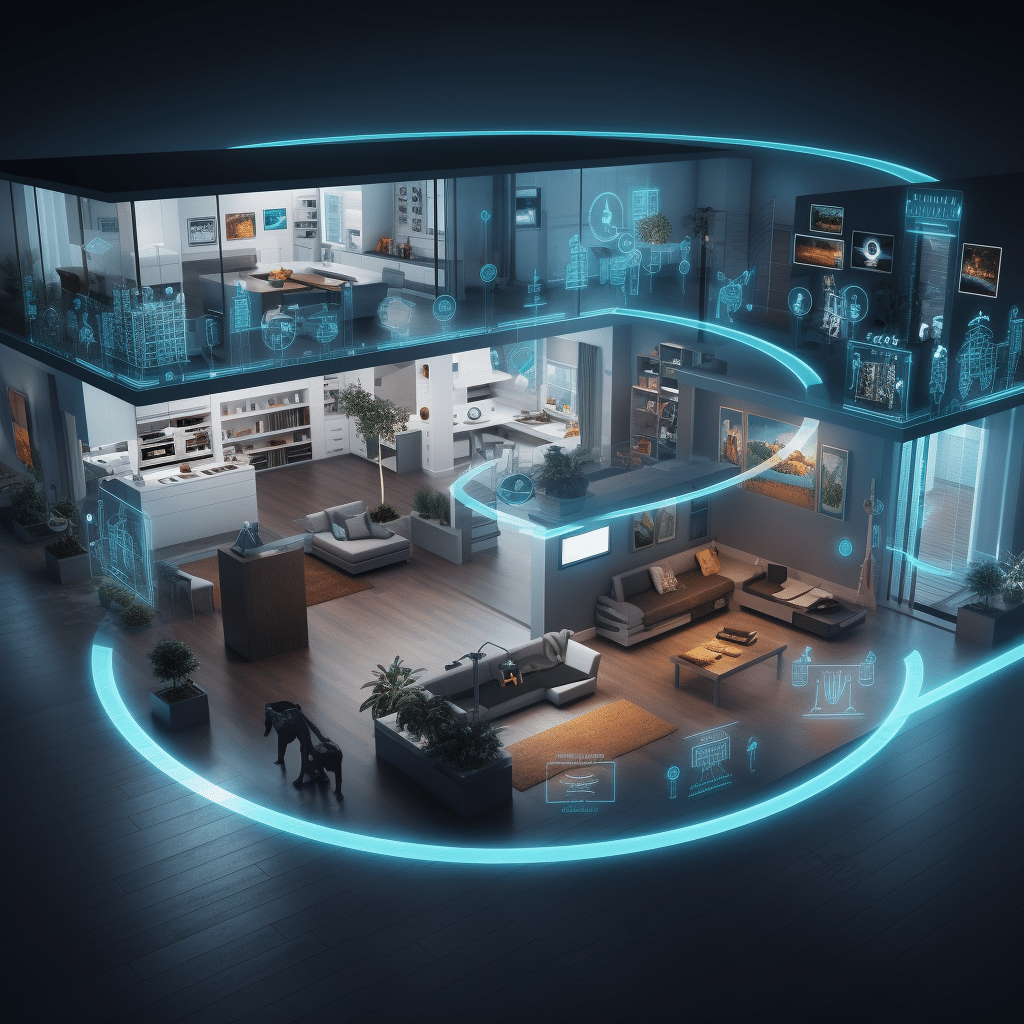
Challenges for Smart Home Automation in India
Smart Home automation in India faces several challenges, cost is a significant barrier to the widespread adoption of home automation in India. The initial setup and equipment costs can be expensive, making it inaccessible to a large portion of the population. Additionally, the maintenance and operational costs of home automation systems can be high, which further restricts affordability. Many homeowners in India are still unfamiliar with the concept of home automation and its benefits. Lack of awareness and understanding about the technology and its applications hinder the adoption rate. Educating consumers about the advantages and potential cost savings of home automation is crucial to overcome this challenge. Home automation systems require regular maintenance, updates, and troubleshooting. However, the availability of trained technicians and reliable after-sales support can be limited in some regions of India. Ensuring timely service and support across the country is crucial for consumer satisfaction and confidence in the technology.
Addressing these challenges requires a collaborative effort from manufacturers, service providers, government agencies, and consumers. Creating awareness, promoting affordability, standardizing protocols, enhancing security measures, and improving infrastructure are key areas that need attention to drive the growth of home automation in India.



